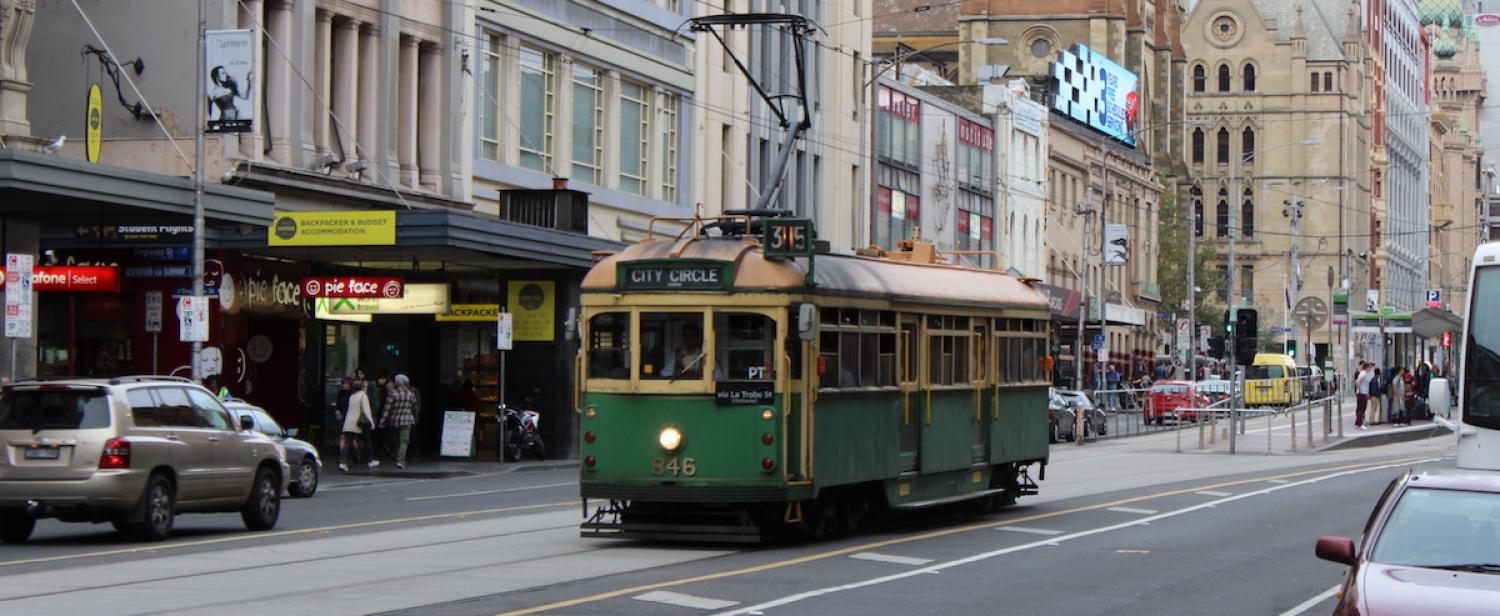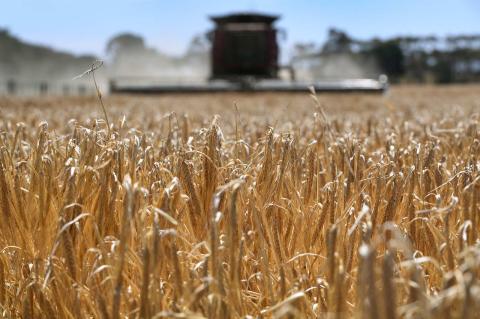Most maps of the Belt and Road Initiative, the People’s Republic of China’s signature international policy program, have sweeping arrows connecting China with almost all corners of the world. Yet even the most ambitious of these do not have any link to Australia’s most cultured city, Melbourne.
But the state government of Victoria has done something no other state has yet done to sign a memorandum of understanding with Beijing on the BRI. The move comes with glowing approval of the normally bombastic Global Times and is notable not just for the timely reminder that it is not just the federal government that conducts foreign policy.
BRI has divided opinion in government and left Canberra looking hesitant and uncertain about whether to embrace or denounce the biggest item in China’s foreign policy playbook.
BRI has befuddled Canberra for a number of years. BRI’s multidimensional qualities – it is simultaneously a vast infrastructure development program, a geopolitical gambit, a bid to develop the China’s poor western and southern regions, and an effort to recycle surplus capacity – mean that it brings to the surface the tensions within the Australian government between those that see risk and those who see opportunity in China. Just as Asian Infrastructure Investment Bank split the Abbott government between those with a security brief and those with an economic one, BRI has divided opinion in government and left Canberra looking hesitant and uncertain about whether to embrace or denounce the biggest item in China’s foreign policy playbook.
Quite why the government could not formally embrace the sentiment of BRI while remaining cautious of dimensions of the initiative seemed genuinely puzzling. It is a victory of the cautious over the creative in foreign policy terms.
Into the vacuum has stepped the unlikely figure of Victorian Premier Daniel Andrews. The Labor government has spent considerable time and energy on international engagement – interestingly continuing a trend started by Liberal premier Ted Baillieu, who instigated a series of large and high profile trade delegations to China and India. It seeks to drive Victorian businesses to find markets abroad while also attracting inbound investment, tourism and “education related travel services”, the unlovely name for Melbourne’s most successful export of recent years, international students.
When inking the agreement with China’s ambassador to Australia, Andrews trumpeted that his government had overseen a tripling of Victoria’s share of PRC investment in Australia – a claim that bears careful reflection. The aim of the MOU is unambiguous: the Victorian government wants to get some of BRI’s massive infrastructure spending. The federal government’s vacillation has put the opportunities of consultants, engineering, and professional services firms at a disadvantage and Andrews sensed an opportunity. It has also handily been announced a few weeks out from a state election. BRI isn’t going to shift the preferences of marginal electors in Frankston in Melbourne’s southeast but it is all part of the narrative of economic growth and opportunity that Labor is trying to pitch.
The Andrews government’s courting of Beijing has in recent days been matched by the rather more important move by Japan. Shinzo Abe is rediscovering his diplomatic mojo and is using the shared interests that all have in the region to drive improved infrastructure and economic development to forge a better relationship with Beijing.
Perhaps the most interesting question is whether, as some anticipate, others will follow Victoria’s lead. It seems unlikely that the Victorian government carefully coordinated its moves with Canberra, given the lack of ideological affinity between Morrison and Andrews. Moreover, one imagines that it is unlikely permission would have been granted had it been sought, given the views of key China policy handlers.
But after a difficult 2017, in which the Turnbull government got a little rhetorically out in front of their skis, 2018 was to be the year of the calibrated reset in relations with Beijing. In the past three months, things have cautiously begun to improve, although the change in government has slowed momentum.
Beijing is looking for a bit more “sincerity” as it is sometimes described, in Canberra’s approach to the PRC. Perhaps the move by the premier of the People’s Republic of Victoria may be a circuit breaker and prompt an Abe style infrastructure focused engagement with China.

